The Solar Energy Landscape in Spain
Spain has emerged as one of the leading countries in the world for solar energy production. With its abundant sunshine and favorable climate, the nation is harnessing solar power not only to meet its energy needs but also to lead the transition towards a sustainable future. This article delves into the current state of solar energy in Spain, its growth, challenges, and future prospects.
The Importance of Solar Energy in Spain
The Shift Towards Renewable Energy
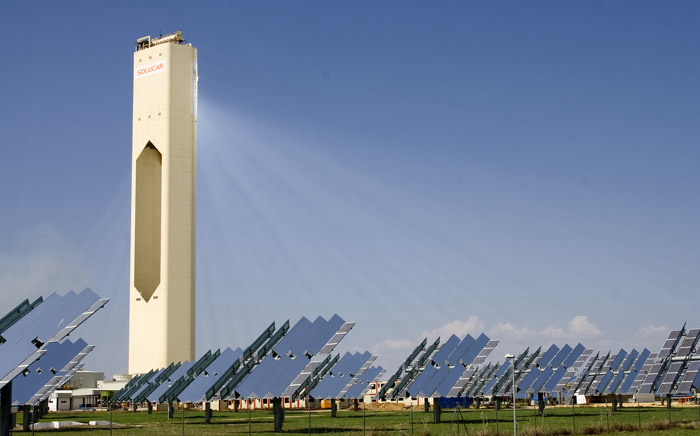
In recent years, Spain has made significant strides in reducing its carbon footprint. According to the Spanish Photovoltaic Union (UNEF), solar energy accounted for approximately 12% of the country’s total electricity generation in 2022. This figure is expected to rise as the government continues to invest in renewable energy sources, aligning with the European Union’s ambitious climate goals.
Climate and Geographic Advantages
Spain’s geographical location provides an ideal setting for solar energy production. With an average of 2,500 hours of sunshine per year, regions like Andalusia, Extremadura, and Murcia are particularly well-suited for solar power generation. This abundance of sunlight enables Spain to exploit solar energy more effectively than many other European countries.
Growth of Solar Energy in Spain
Historical Context

The journey of solar energy in Spain began in the late 20th century. In 2007, the Spanish government introduced the Feed-in Tariff (FiT), which incentivized solar energy production. This policy led to a rapid expansion of solar installations, especially photovoltaic (PV) systems.
Recent Developments
According to the National Commission of Markets and Competition (CNMC), Spain installed 5,200 MW of new solar capacity in 2022, bringing the total installed capacity to 19,200 MW. This growth is indicative of the country’s commitment to renewable energy and its goal to achieve 74% of electricity generation from renewable sources by 2030.
Key Statistics
- Total Installed Capacity (2022): 19,200 MW
- Percentage of Total Electricity Generation (2022): 12%
- New Solar Capacity Installed in 2022: 5,200 MW
- Renewable Energy Target for 2030: 74%
Types of Solar Energy Technologies
Spain utilizes various solar technologies, primarily photovoltaic (PV) and concentrated solar power (CSP).
Photovoltaic (PV) Systems
PV systems convert sunlight directly into electricity using solar panels. They are the most common type of solar technology in Spain, accounting for approximately 90% of the total solar capacity. The cost of PV systems has significantly decreased over the last decade, making them more accessible for both residential and commercial use.
Concentrated Solar Power (CSP)

CSP technology, on the other hand, uses mirrors or lenses to concentrate sunlight onto a small area, generating heat that can be converted into electricity. Spain is home to some of the largest CSP plants in the world, such as the Gemasolar plant in Teruel, which has a capacity of 19.9 MW.
The Economic Impact of Solar Energy
Job Creation
The solar sector has become a significant source of employment in Spain. According to UNEF, the solar industry employed 80,000 people in 2022, a number that is expected to grow as more projects come online. The shift towards renewable energy is creating jobs in manufacturing, installation, maintenance, and research.
Investment Opportunities
Spain has attracted considerable investment in solar energy, with €6.5 billion invested in new projects in 2022 alone. This influx of capital is essential for the continued expansion of solar capacity and the development of innovative technologies.
Challenges Facing Solar Energy in Spain
Regulatory Hurdles
Despite the positive growth trajectory, Spain’s solar market faces several challenges. Regulatory changes can impact the stability and attractiveness of investments. For instance, the 2015 energy reform introduced a “sun tax” that imposed fees on self-consumed solar energy, which discouraged residential installations. Although this tax was eliminated in 2018, lingering concerns about regulatory stability remain.
Grid Integration
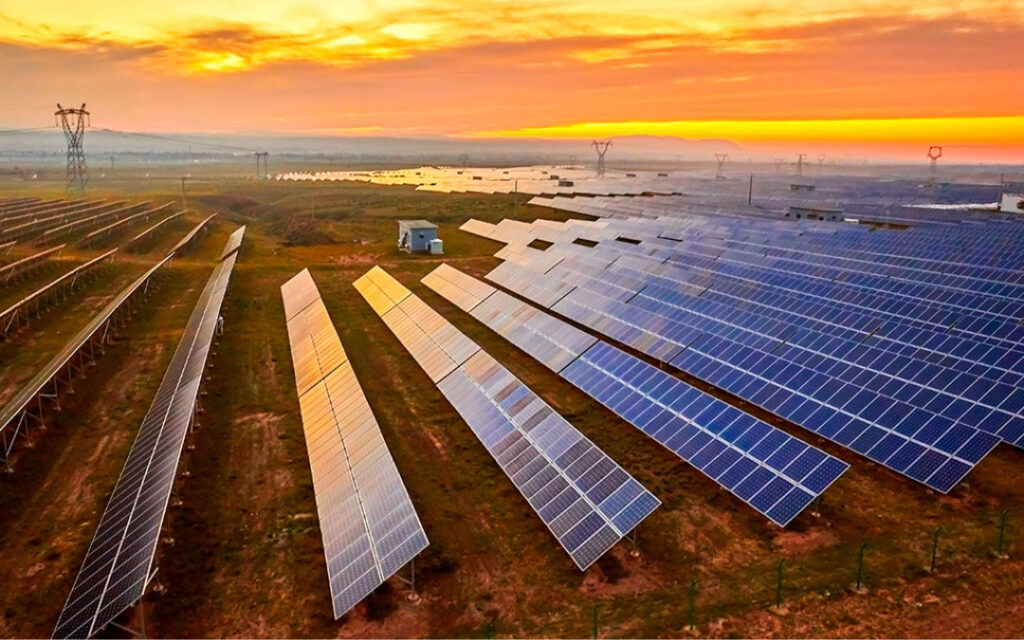
The increasing share of solar energy in the electricity mix poses challenges for grid integration. The traditional electricity grid must adapt to manage the variability of solar generation effectively. Investments in grid infrastructure and smart grid technologies are essential for accommodating a higher proportion of renewable energy.
Government Policies and Initiatives
National Energy and Climate Plan (NECP)
Spain’s National Energy and Climate Plan (NECP) outlines the country’s strategy to transition to a low-carbon economy. It aims to achieve a 55% reduction in greenhouse gas emissions by 2030 compared to 1990 levels. The plan emphasizes the role of solar energy in achieving these goals, highlighting the need for increased capacity and investment. More details can be found on the Ministry for the Ecological Transition.
EU Support
Spain benefits from the European Union’s Green Deal, which allocates funds to support renewable energy projects across member states. The Next Generation EU recovery plan includes provisions for green investments, further enhancing Spain’s solar energy initiatives.
Future Prospects for Solar Energy in Spain
Technological Innovations
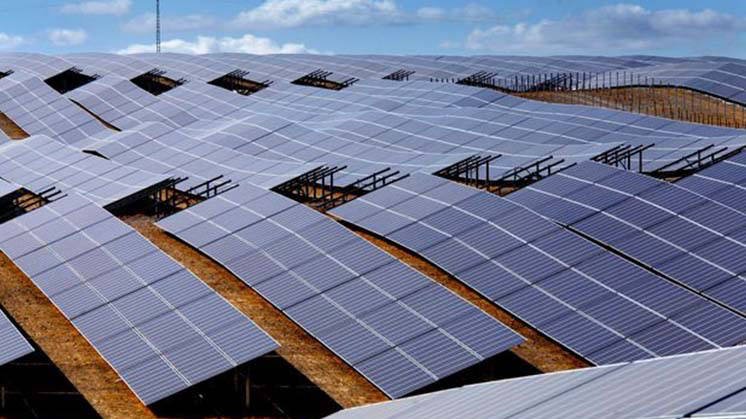
The future of solar energy in Spain is promising, with ongoing research and development in solar technologies. Innovations such as bifacial solar panels, which can capture sunlight from both sides, and energy storage solutions are expected to enhance efficiency and reliability.
Expansion of Solar Farms
The Spanish government is actively promoting the development of large-scale solar farms. Projects like the Nuñez de Balboa Solar Plant, one of the largest in Europe with a capacity of 500 MW, exemplify this trend. These solar farms not only contribute to energy production but also help stimulate local economies.
Community Solar Projects
Community solar initiatives are gaining traction in Spain, allowing local residents to invest in and benefit from solar energy without the need for individual installations. These projects foster community engagement and help democratize access to renewable energy.
Conclusion
Spain’s solar energy landscape is evolving rapidly, supported by favorable geographic conditions, strong government policies, and significant investment. While challenges remain, the country is well-positioned to continue its leadership in solar energy production. As Spain works towards its renewable energy targets, the transition to solar power will play a crucial role in achieving a sustainable and low-carbon future.
By embracing solar energy, Spain not only addresses its energy needs but also sets an example for other nations to follow in the fight against climate change. The future of solar energy in Spain looks bright, promising a cleaner, greener tomorrow.

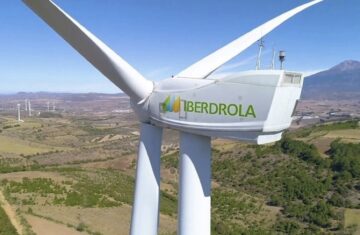
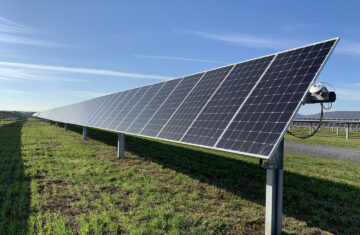
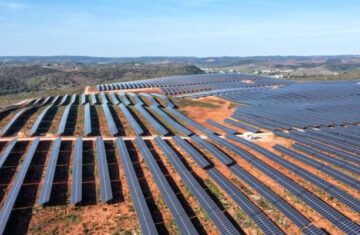
[…] PV plant, located in Murcia, Spain, further strengthens their strategic alliance aimed at promoting renewable energy in Spain and […]